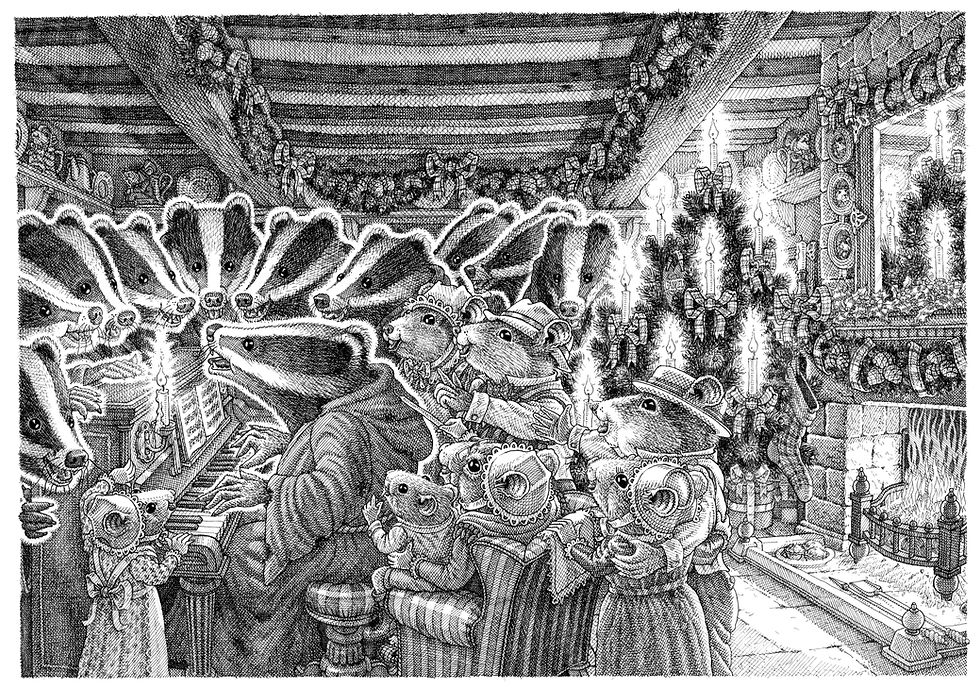Philippe Pastor
- emeraldkimono

- Jul 20, 2020
- 2 min read
Updated: Jul 23, 2020
I came across Philippe Pastor's work when living abroad and was impressed by his use of natural mixed media; his combination of earth and natural pigments allows us to view his work from a unique perspective.
Through his art Pastor aims to draw attention to the fragility of the planet, and encourages people to think twice about the unnatural affect we are having on it.
One of his most public artistic statements is the enormous BASTA (STOP) (below) which lies in the middle of the Spanish country side. As is synonymous with most of his works, the sign is most effective when seen from a birds-eye viewpoint.
The letters were made using over 3000 white concrete plaques and form a permanent reminder of the damage which we are doing to our planet. Creating a work which can only be seen properly from planes and helicopters is particularly clever as it creates a sense of irony; the biggest forms of pollution enable us to view a symbol of anti-pollution.
Basta, Philippe Pastor, 2014
Les Oiseaux du Malheur (below) is a particularly striking image. The blue Lapis Lazuli pigment creates a regal atmosphere. To me this image evokes an abstracted birds eye view of the ocean and it's cracked surface alludes to tectonic plates and surface imperfections. In actual fact, the image represents the pollution of the seabed; but varying perspectives are what make Pastor's work so interesting. By using a pigment traditionally associated with divinity, (Lapis Lazuli is the most expensive pigment on earth, and in the Renaissance was traditionally used to depict the Virgin Mary) Pastor suggests the divinity of nature and the elements that surround us.
Les Oiseaux du Malheur, Philippe Pastor, 2014
The following piece is part of a series called Le Quatre Saisons (below). Each work in the series was created on natural ground, creating a connection between art and the earth. Pastor sees this outdoor form of painting as a way of freeing himself from the artist's studio and the accepted conventions of fine art. The natural formation of lines in Le Quatre Saisons is a contradiction of the man-made forms which we see in the majority of art. None of the lines are pre-conceived to affect the viewer in a certain way, instead, they are completely random and natural- which, some would argue, is more emotive than unnatural human creations. People must begin to realise the beauty and freedom which lies around them; appreciating it above anything else; because ultimately it is the most important thing.
Les Quatre Saisons, Philippe Pastor, 2010
Les Quatre Saisons, Philippe Pastor, 2010
If Philippe Pastor is your kind of artist, have a look at more of his works and read more about his environmental ethos at: www.philippe-pastor.com







Comments